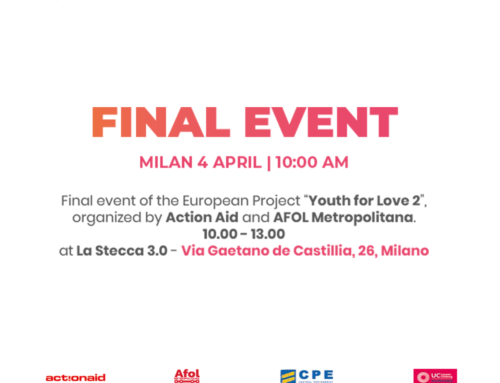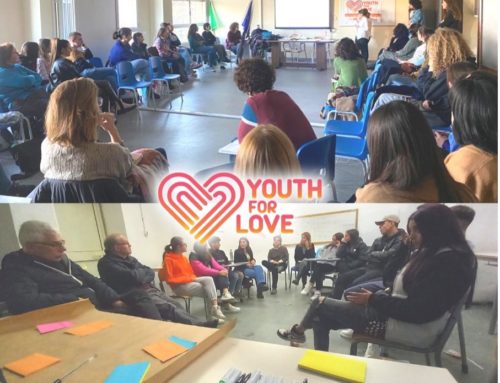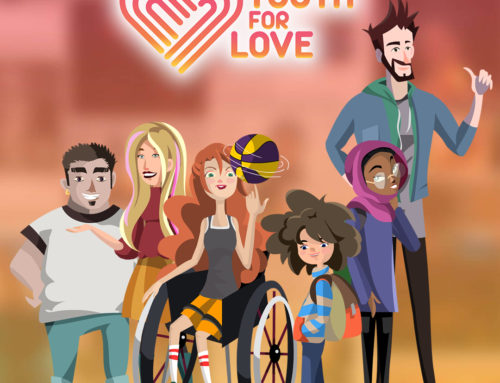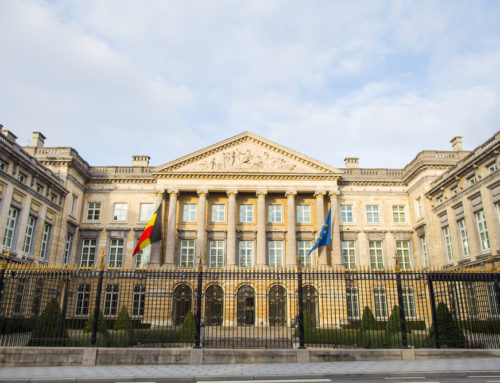Gender-based violence (GBV) is a pervasive phenomenon that concerns especially – but not only – girls and women from all sectors of our society, regardless of their age, nationality, ethnicity, class, or cultural background. It takes place everywhere: at home, at work, in the street, in leisure and sports venues, online, and at school. Indeed, one in three women in the EU has experienced either physical and/or sexual violence during their life time since the age of 15.
Adolescent students experience GBV at school as victims, as perpetrators, or as bystanders. Schools can be a severe distress to students who are psychologically, physically, cyberly shamed, harassed, bullied, assaulted, or abused. UNESCO estimated that around 246 million girls and boys are subjected to some form of GBV in and around schools every year at the global level.
Yet, schools can and should be spaces where adolescent girls and boys feel safe because gender equality is fully promoted through prevention programmes and easy-accessible, child-sensitive, and confidential procedures to report, respond, and refer GBV cases are in place. Schools are indeed key actors to make gender inequality and GBV unacceptable among adolescents in strategic partnerships with key local stakeholders.
Youth for Love is implemented within the legal and conceptual framework provided by the Council of Europe Convention on preventing and combating violence against women and domestic violence (2011), known as the Istanbul Convention. The Iatter recognizes GBV as a violation of human rights and a form of discrimination and, therefore, as a cause and a consequence of inequality between women and men. It also acknowledges the crucial role of schools in enhancing the promotion of equality between women and men; non-stereotyped gender roles; mutual respect; non-violent conflict resolution in interpersonal relationships; gender-based violence against women; the right to personal integrity, through teaching material adapted to the evolving capacity of learners, in formal curricula and at all levels of education (Art. 14).
Youth for Love employs the following definitions of the Convention ratified by all project partners’ countries:
- “Violence against women is understood as a violation of human rights and a form of discrimination against women and shall mean all acts of gender-based violence that result in, or are likely to result in, physical, sexual, psychological or economic harm or suffering to women, including threats of such acts, coercion or arbitrary deprivation of liberty, whether occurring in public or in private life” (Art. 3, a);
- “Gender-based violence against women shall mean violence that is directed against a woman because she is a woman or that affects women disproportionately” (Art. 3, d);
- “Women includes girls under the age of 18” (Art. 3, f);
- “Gender shall mean the socially constructed roles, behaviours, activities and attributes that a given society considers appropriate for women and men” (Art. 3, c).
Bullying is the most prevalent form of violence in schools, regularly affecting more than one in three students between the ages of 13 and 15 worldwide. It is an ongoing and deliberate misuse of power that can take different forms, including direct bullying (physical and verbal intimidation and assaults; damaging or stealing belongings); indirect bullying (psychological aggression); cyberbullying (through information technologies); and discriminatory bullying (due to a person’s identity, race, ethnic origin, culture, gender, age, sexual orientation, religion, class, political opinion, physical characteristics or abilities, intellectual skills, etc.). The final aim is always the same: harming, hurting, intimidating, humiliating, excluding, isolating, or discriminating against the persons targeted. Girls and boys bully and/or are bullied to varying degrees at school. Yet, the short- and long-term impact is worrisome since the students involved – including bystanders – may be emotionally, psychologically, and physically harmed for the rest of their lives.
GBV and bullying are complex phenomena but knowing them and understanding why they happen are crucial steps to prevent and fight them. This is why Youth for Love is closely working with students, teachers, and school personnel.
- UNESCO, Global Guidance on Addressing School-related Gender-based Violence, 2016.
- UNESCO, op. cit.
- From Peer to Peer, Baseline Study on the State of Art of Bullying in Europe, 2018, p. 4.
- Idem
- Idem; WHO, Health Behaviour in School-aged Children, Growing up unequal: gender and socioeconomic differences in young people’s health and well-being, Geneva, 2016.










